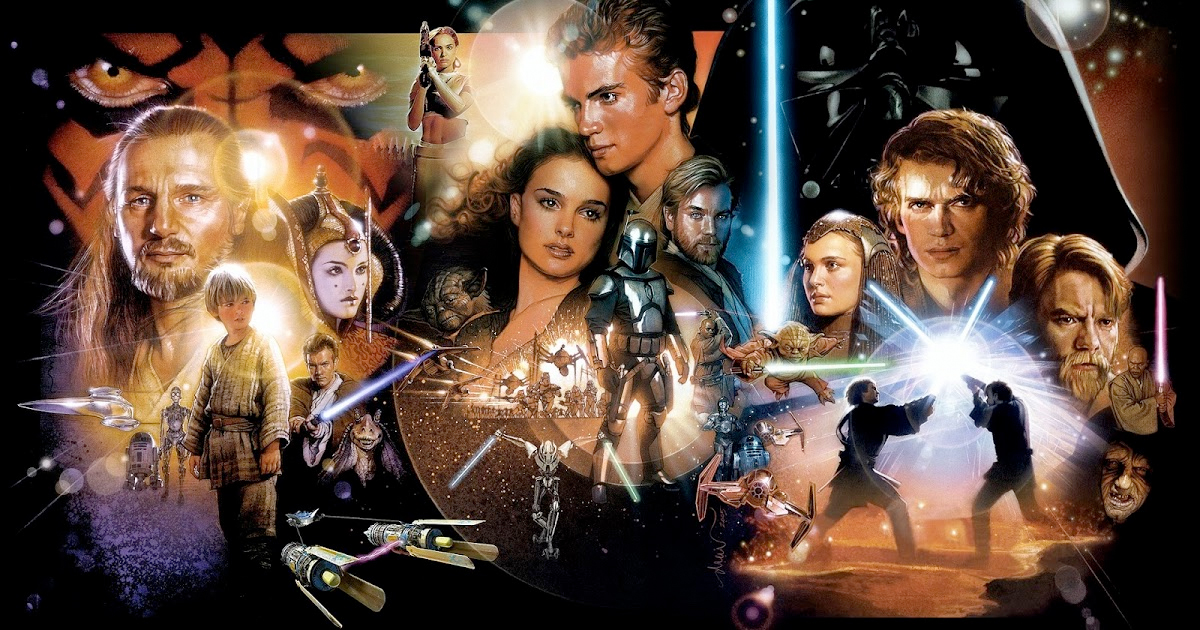Table of Contents Show
George Lucas waited patiently sixteen years after finishing 1983’s Return of the Jedi to finally release his hyped Star Wars prequels. When Episode I: The Phantom Menace was released in 1999, the film was eviscerated. However, critics and fans waited for Lucas to redeem himself with the following two installments.
Unfortunately, the reaction to 2002’s Episode II: Attack of the Clones was more or less the same as The Phantom Menace. It took until 2005 for fans to finally give Lucas some props for his work on Episode III: Revenge of the Sith, but it was simply too little, too late. After years of ruthless bashing, does Lucas’ Star Wars prequel trilogy deserve more credit than it’s been given?
Episode I: The Phantom Menace
Before we fully evaluate whether the Star Wars prequel trilogy as a whole deserves its seemingly limitless flack from fans, let’s take a look at some of the history leading up to Episode I’s creation.
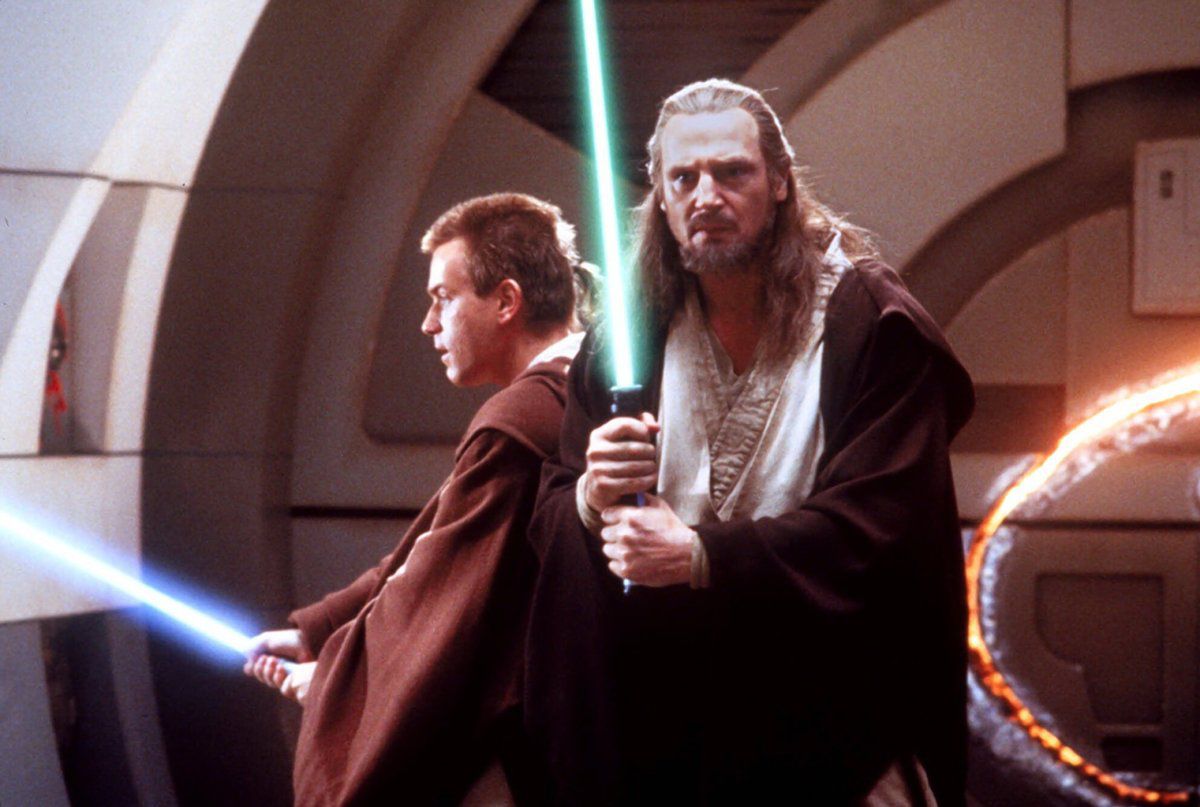
It is a well-known fact that George Lucas did not want to direct any of the Star Wars prequels. Lucas suffered a near mental breakdown during the lead-up to the original Star Wars premiere in 1977. Seeking to avoid that stress, Lucas successfully found substitute directors for The Empire Strikes Back and Return of the Jedi. However, Lucas had no such luck with the prequel trilogy. Every single director Lucas asked, including Ron Howard and Steven Spielberg, told Lucas he should direct the films himself. Begrudgingly, Lucas relented.
Another major background detail lies in a frequently asked question: why did Lucas wait so long to make the prequels? The answer relates to production quality. Lucas is obsessed with producing the highest caliber film possible. This is why Lucas created ILM and THX; he wants superior technology. Lucas’ desire to produce high-quality films explains why he released the digitally enhanced Star Wars in the late 90s (which was also cannon-fodder for fans). In essence, Lucas determined the prequel trilogy couldn’t be made until technology had advanced considerably. When Lucas saw 1993’s CGI-masterpiece, Jurassic Park, he decided to revisit Star Wars…
The Beginning Of The Beginning
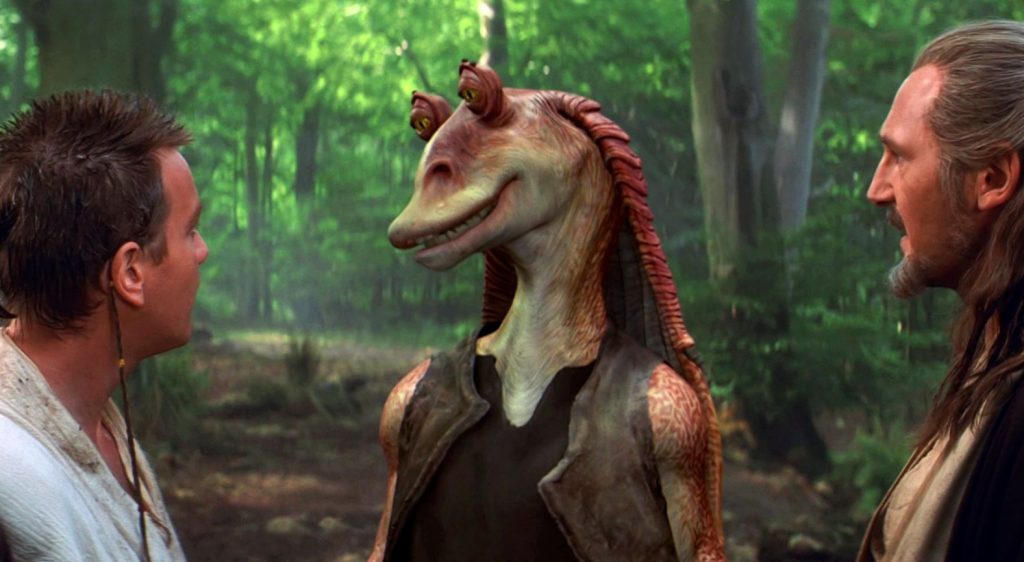
A major complaint about the Star Wars prequels was that Lucas started too far back, choosing to include a plethora of unnecessary details. Admittedly, some of this criticism is fair. There really is no defending Jar-Jar Binks, or really the entire Gungan race, but there are important take-aways from Lucas’ decision to start over thirty years before the original film. First and foremost, Lucas wanted the prequels to not only tell the backstory of Anakin Skywalker, but of Obi-Wan Kenobi as well.
Much of Star Wars revolves around the relationship between Anakin and Obi-Wan and Lucas wanted to provide an explanation as to what made each so special. Why was Anakin so strong with the force? Well, he was immaculately conceived, adding to his Jesus/savior mystique. Moreover, his Midi-chlorian count, biological beings signifying a strong connection with the force, was higher than Yoda’s. Why was Obi-Wan one of only two Jedi to survive in the original trilogy? Obi-Wan was a gifted Padawan learner with a wise and extremely moralistic master and he managed to defeat the first Sith in a thousand years. Overall, these explanations provide varying degrees of satisfaction.
The Big Picture
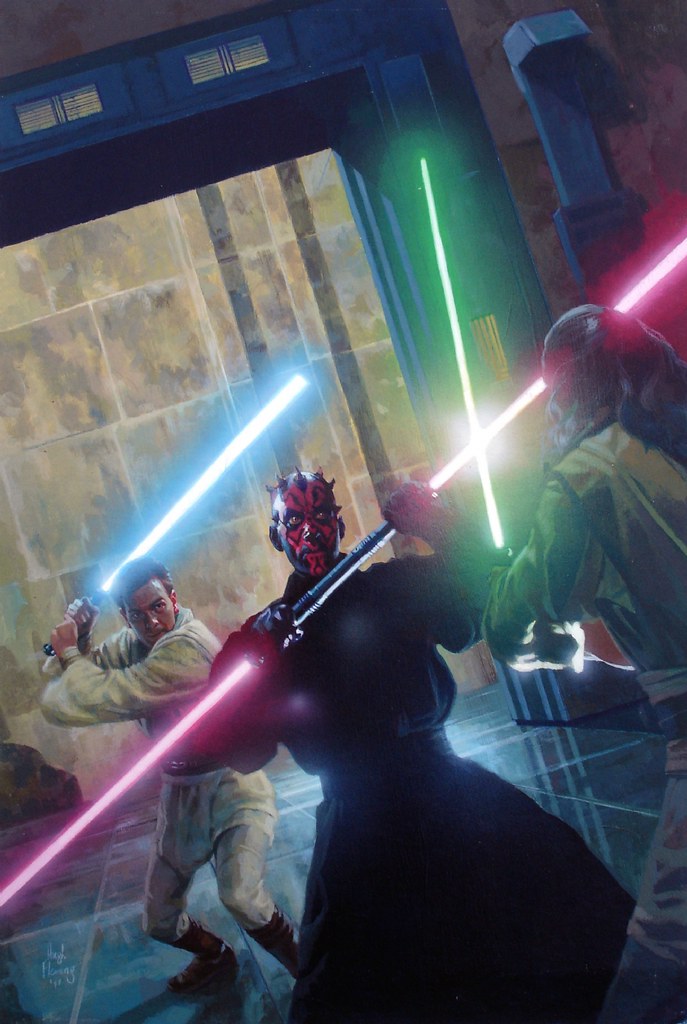
One of the easier ways to gain appreciation for The Phantom Menace, and the Star Wars prequels in general, is to look at the bigger picture. The Phantom Menace isn’t about Jar-Jar Binks, it’s about the origin of Anakin and Obi-Wan. With this in mind, the film actually delivers. It was logical that Anakin would grow up on Tatooine. The origin complemented Luke’s upbringing on the same planet and it made sense that Vader never thought to look on Tatooine to find his son. Tatooine represented the home world of Anakin Skywalker; which was a world and an identity Vader had chosen to disavow. By setting much of Episode I’s action on Tatooine, the circle was complete.
There is also another storyline going on in parallel to Anakin’s, Obi-Wan and Qui-Gon’s. Obi-Wan’s story is slow: he takes a backseat for most of the film, often disapproves of Qui-Gon’s defiance of the council, and is thoroughly uneasy about the group’s undertaking of Anakin. But, there is a point to this. Lucas skillfully showcases Obi-Wan’s gifted Jedi abilities (yes, there is a reason Kenobi boldly asserts he is ready for the Jedi trials) while also flagging his lack of wisdom against the all-knowing Qui-Gon Jinn. Obi-Wan’s fierce loyalty to his master compels him to obey Qui-Gon’s dying wish: train the boy. Obi-Wan does, of course, train Anakin, but his reluctance to do so foreshadows the pair’s eventual all-encompassing duel.
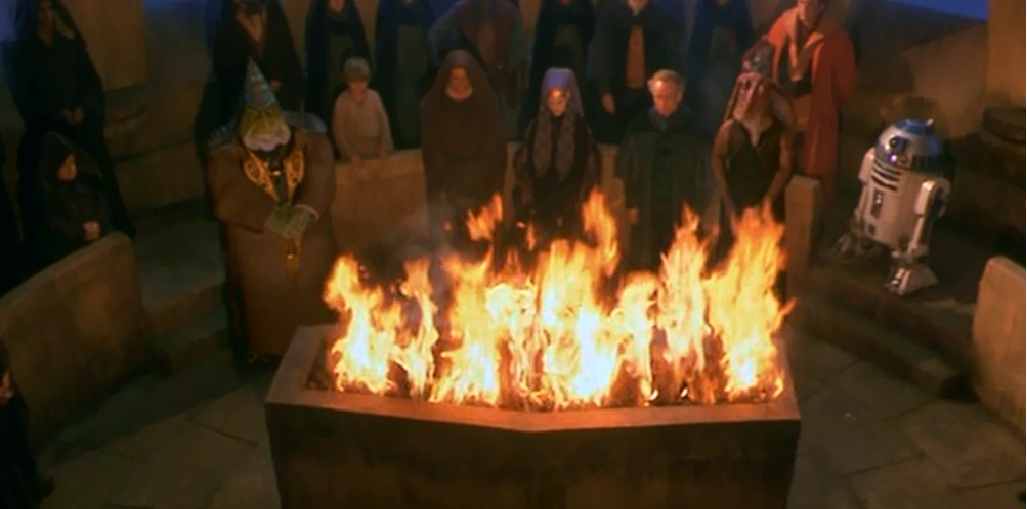
There is also Qui-Gon’s story which is carefully interwoven with a Sith sub-plot to reemerge after nearly one thousand years in hiding. Lucas carefully contrasts Qui-Gon’s meditational, trusting ways with Palpatine and Maul’s rank manipulation and brute force. Needless to say, the eventual duel between the Jedi knights and the Sith apprentice is a major high-point for the Star Wars prequel trilogy. Even Episode I’s biggest detractors will concede the fight is well-choreographed and directed. The fight scene was fast-paced, as Lucas wanted the duel to reflect the abilities of the Jedi in their prime. John Williams’ score also helped boost Episode I’s concluding battle up to legendary status.
The Small Picture
Critics and fans of the Star Wars prequels have repeatedly insisted that George Lucas isn’t a good writer. Regardless of the (minor) help Lucas had with writing the originals, Lucas is clearly a pretty good writer, coming up with some of the most iconic lines in film history. The Star Wars prequels are no different: there is some bad writing, but there is also some really great writing like “Only a Sith deals in absolutes” (Star Wars Episode III: Revenge of the Sith). Yes, the trade negotiations are more or less C-SPAN with monsters, but Lucas necessitates these scenes by connecting them to Palpatine’s rise to power amid a politically divided republic with little confidence in its leader (how strikingly relevant).
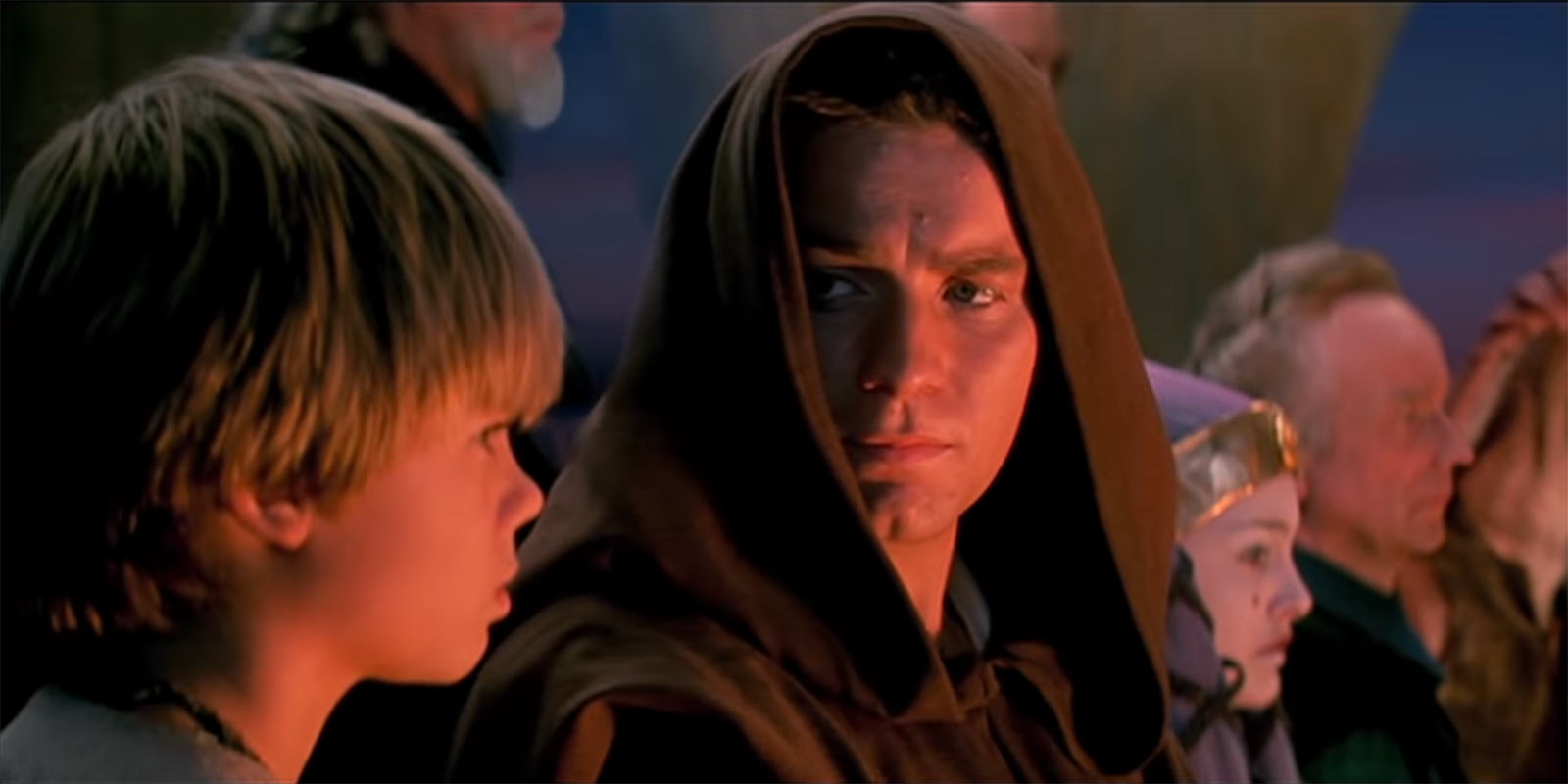
Lucas is also damn good at personalizing dialogue for individual characters. For example, during Obi-Wan’s protest of Qui-Gon’s insistence to the Jedi council that he will train the young Anakin, Qui-Gon quietly quashes Obi-Wan’s qualms by responding that he will do what he must (Star Wars Episode I: The Phantom Menace). The line is great on its own, but it is the very same line Obi-Wan recites to Anakin before their fateful Mustafar duel in Episode III. This is but one of many instances where Lucas subtly complements elements of the Star Wars films with one another.
Episode II: Attack Of The Clones
Attack of the Clones is the hardest to defend of the three prequels, but even Episode II demonstrates some force-sensitive abilities.
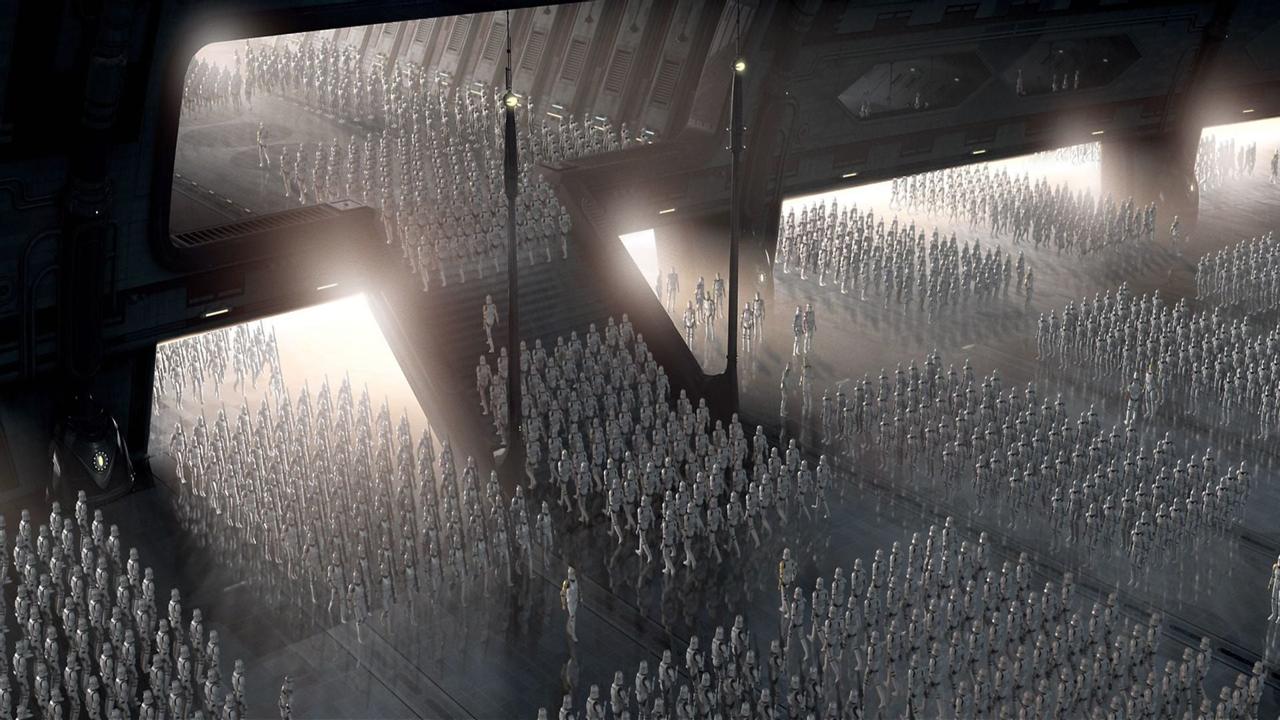
The film is far from good as most fans are keen to point out, but it has redeeming qualities. First and foremost, the story is quite interesting: Obi-Wan investigates a mysterious plot to assassinate a senator leading him into a web of intrigue spanning back ten years. Meanwhile, the young Padawan Anakin pushes the boundaries of the Jedi code by becoming romantically involved with the targeted senator. The first half of this synopsis holds up well: Obi-Wan meets the surprisingly badass father of Boba Fett, uncovers a secret yet Jedi-ordered clone army, and is warned of the Sith’s presence in the Senate by the powerful Jedi-defector, Count Dooku. The second storyline falls hard on its face, even for a Star Wars prequel.
The love story between Anakin and Padme is trite at best and painfully cringeworthy at worst. This is easily the biggest problem with Attack of the Clones and it goes on for far too long. It was truly a letdown and perhaps a battle Lucas couldn’t win. After all, the Jedi order is cool precisely because of their powerful values and resonant life philosophy which Anakin mostly betrays in Episode II. Yet, the plotline is critical for the Star Wars prequels: Anakin must fall in love with Padme in order for Luke and Leia to be born and ultimately for him to turn to the dark side. It’s just a shame there was so much sand involved.
Major Clues To Pay Attention To
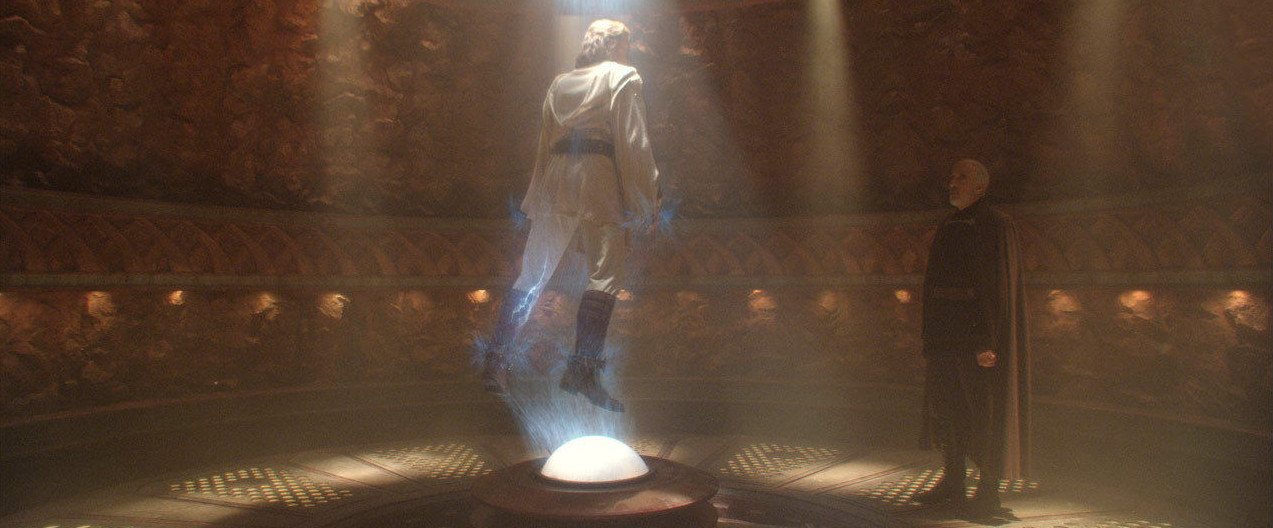
Despite being the worst film of the Star Wars prequels, Attack of the Clones has extremely important elements of the mythology laden throughout. Even the premise of the movie aims to explain the origin of the famed clone wars Obi-Wan first mentions in the original 1977 film. Attack of the Clones follows through with this explanation and ups the stakes. The plot to destroy the Jedi and the creation of the clones are tied tightly together. Obi-Wan discovers this on Kamino when Lama Su explains to him that the clones were ordered by Jedi master Sifo-Dyas, who was killed almost ten years earlier. The timing is suspiciously aligned with when The Phantom Menace took place.
The plot thickens when Obi-Wan consults Yoda, who reveals the clone army was not sanctioned by the Jedi council. Sifo Dyas did so of his own accord, but he didn’t act alone. Dooku, Qui-Gon’s former master who has since left the Jedi order, explains to Obi-Wan that he is aware of Sifo Dyas’ dealings on Kamino, he is the employer of Jango Fett, and that the Sith have infiltrated the Senate. Dooku probably does this both as an attempt to convert Obi-Wan to his side and to entertain the idea of over-throwing the Sith. However, Obi-Wan rejects Dooku’s proposal believing Dooku to be lying.
The Takeaway
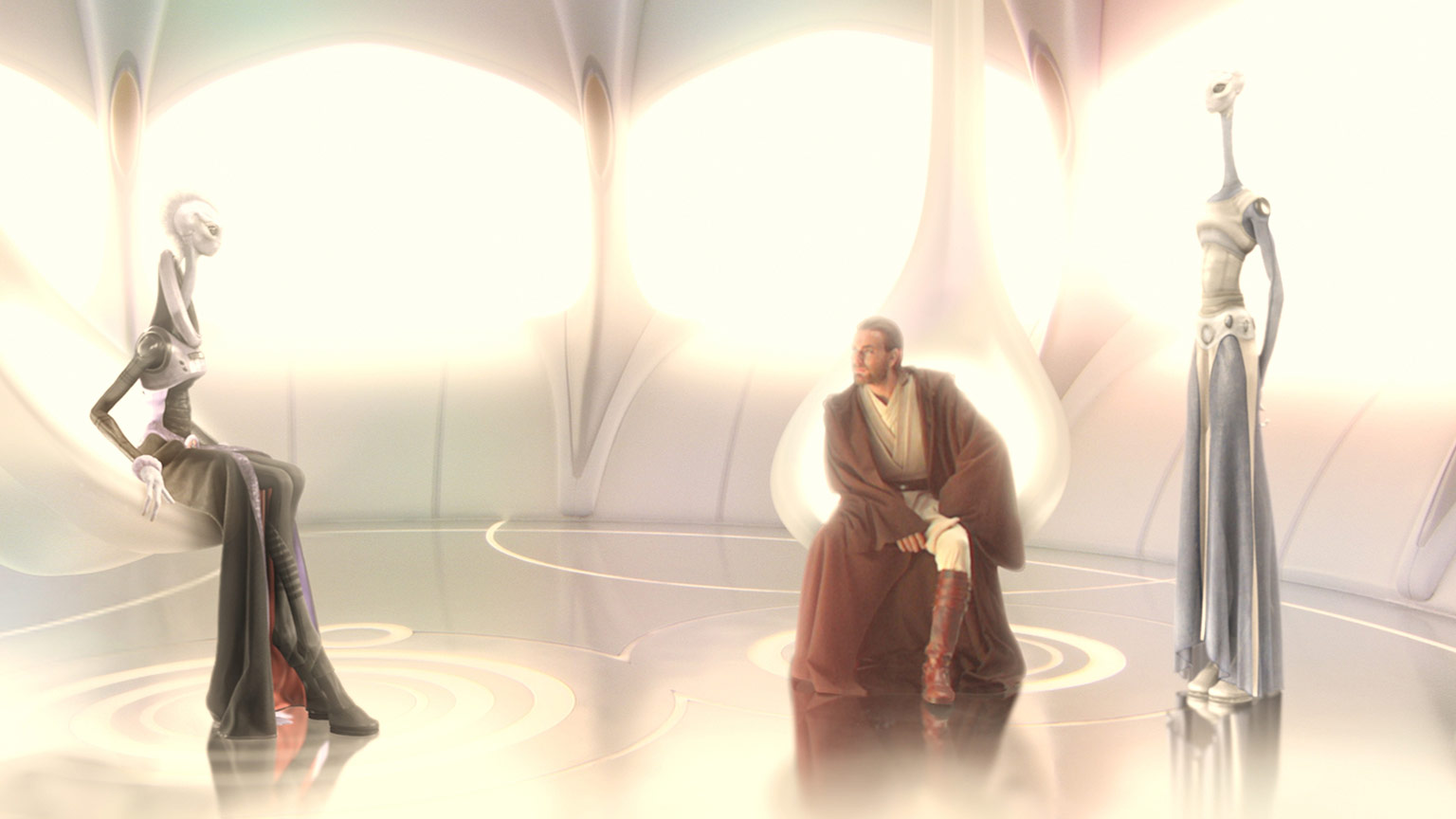
So where do all these breadcrumbs lead? The plot to destroy the Jedi begins in Episode I of the Star Wars prequels. Palpatine successfully convinced Sifo Dyas that a clone army was necessary for the republic to defend itself against the separatists. As such, a clone army was ordered, but it was under Palpatine’s guidance. Furthermore, Palpatine converted Dooku to the dark side after Qui-Gon was killed, conveniently finding a replacement apprentice after Maul was defeated by Obi-Wan. Thus, the explanations for why the clones turn on the Jedi and why the stormtroopers exist lay in Attack of the Clones.
Circling Back To The Point
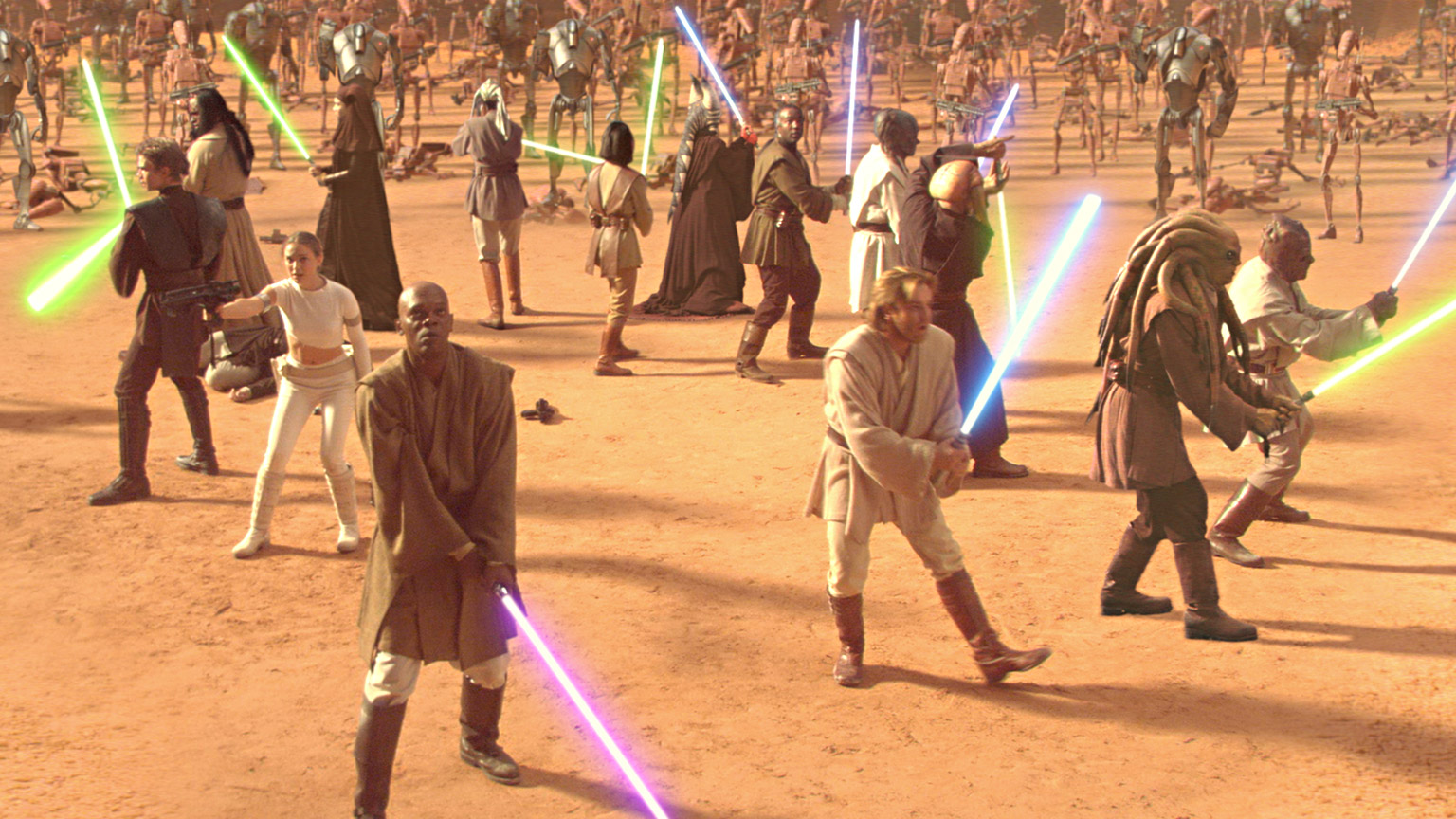
Boiling Attack of the Clones down to a love story would be erroneous. Anakin and Padme’s flirtation takes up an unfortunately large chunk of the film, but what do they talk about when they’re together? Obi-Wan. The young Skywalker is frustrated by his master’s lack of confidence in him and his frequent petty criticisms. Lucas does an OK job of gaining audience sympathy for Anakin, especially in regard to the brutal death of his mother, but Anakin-Angust highlights the difficult relationship between master and learner. In fact, the Anakin/Padme lovefest came to a relieving end when the pair got a distress call from Obi-Wan and went to rescue him.
When Padme and Anakin arrive to save Obi-Wan they are captured by Dooku and forced to fight monsters until the Jedi and the clone army arrive to save the trio. The battle sequence is pretty great, it’s well-paced with stellar CGI-effects, but what follows is more important. Obi-Wan, Anakin, and Padme pursue Dooku on Geonosis, but Padme is blasted out of the ship. Anakin furiously demands to give up Dooku to save Padme, but Obi-Wan retorts, “I need you! I can’t take Dooku alone! What would Padme do were she in your position?” (Star Wars Episode II: Attack of the Clones). After careful consideration, Anakin decides to leave Padme and assist his master demonstrating that the essence of the Star Wars prequel trilogy lies in the friendship between Obi-Wan and Anakin.
Crushing Defeat
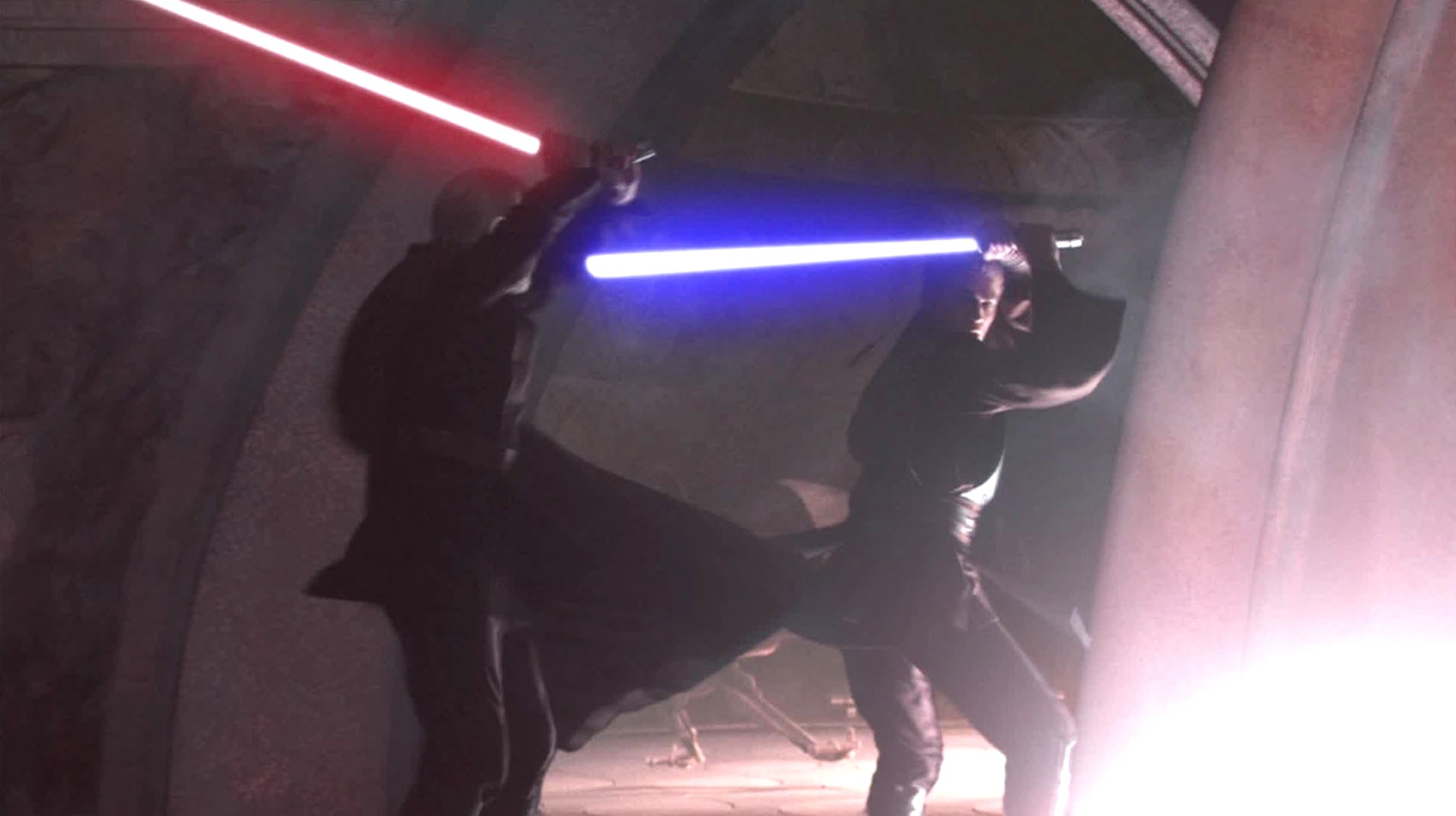
Many fans complained about the climactic duel between Dooku and the young Jedi knights at the end of Attack of the Clones, some saying it was the worst of the Star Wars prequels. Mostly, criticism is directed at the battle’s short length and lack of music. However, I think this is intentional on Lucas’ part. The battle is not supposed to be close. Dooku is an old-school Jedi master and a highly skilled duelist; Obi-Wan and Anakin are still young and have much to learn. As such, Dooku quickly disposes of Obi-Wan, but Anakin proves more of a challenge.
This is where Lucas’ subtlety comes into the Star Wars prequels. Yes, Anakin loses an arm during his fight with Dooku, but Dooku is tired after fending him off. The point: Anakin could last longer against the Count than Obi-Wan could. This is pivotal as it makes the final battle between the two very high stakes. Of course, Anakin becomes Darth Vader, but the audience wasn’t exactly sure how. As such, the showdown between one of the most powerful Jedi and the chosen one still had an element of uncertainty that helped the legacy of the Star Wars prequel trilogy.
Episode III: Revenge Of The Sith
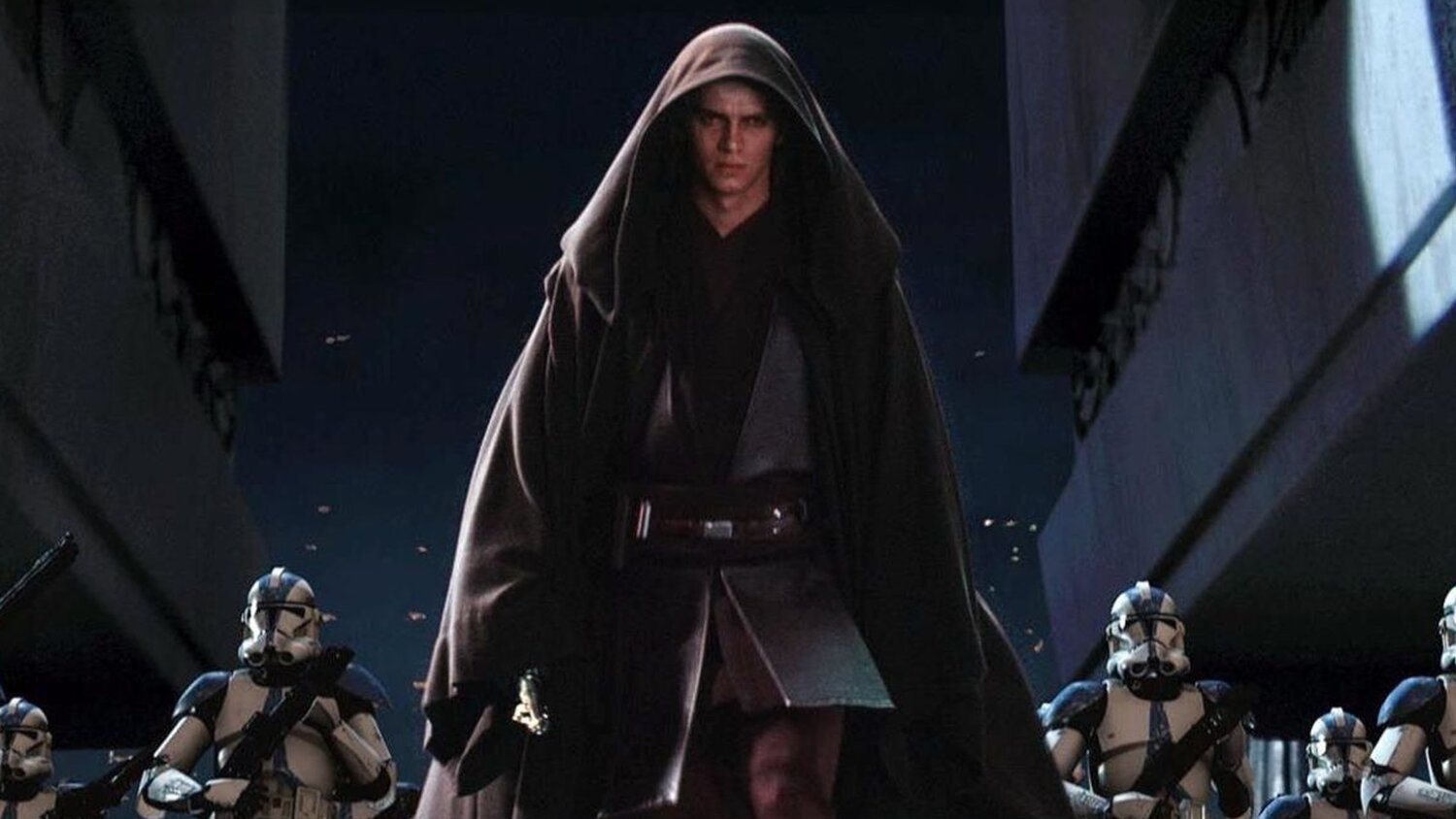
After two films that had completely bombed with critics and fans alike, to say the pressure was on for Lucas to get Episode III right would be an understatement. It was absolutely pivotal that Lucas delivered on the final Star Wars prequel and that was no easy task. For one, he had lost audience support. Even worse, he had an inordinate amount of plot to go through in one movie: the clone wars had to be ended, Palpatine needed to be revealed, Anakin needed to turn to the dark side, the Jedi had to be wiped out, and the galactic empire had to be formed. Twenty-eight years after the buildup, the payoff was surprisingly worth it.
The Rule Of Two
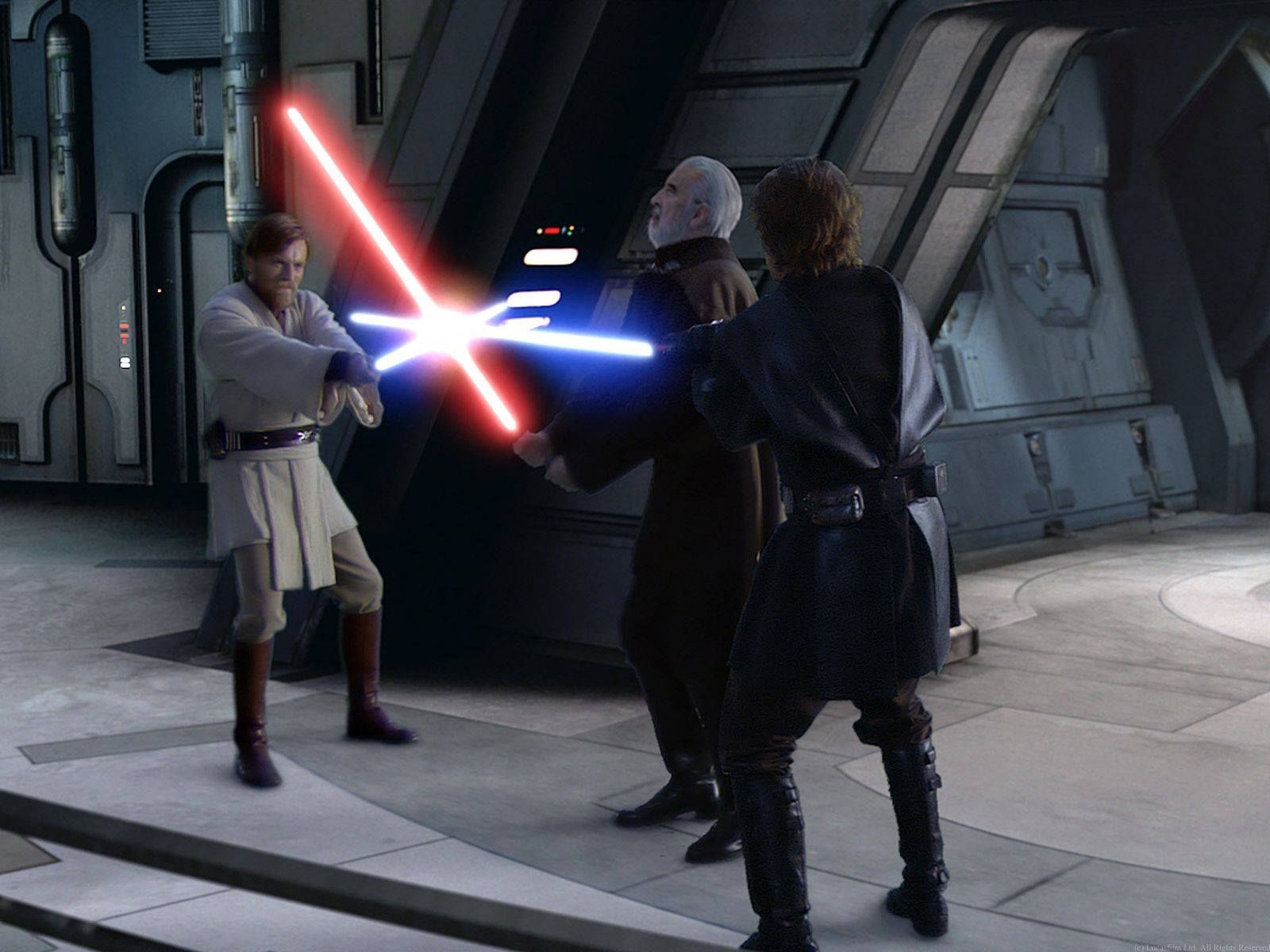
Lucas immediately makes clear that he is not messing around in terms of plot. The film starts with Anakin and Obi-Wan on a mission to rescue Chancellor Palpatine from General Grievous and Count Dooku. Not surprisingly, Dooku shows up for a rematch with the Jedi Knights, but Anakin bests him and eventually kills him at the behest of the secret Sith lord Palpatine. Although Anakin is conflicted, he does behead Dooku. Proving that his final Star Wars prequel is much less daunting than the previous two, Lucas writes out Dooku, begins Anakin’s turn to the dark side, and highlights Palpatine’s power of persuasion within the film’s first twenty minutes.
Lucas deserves major props for Revenge of the Sith because it is, in essence, an action movie with an extremely well-developed plot. Those two things are seemingly antithetical, but Lucas carefully paces the movie so both are well-executed. The major highlight is Anakin’s turn to the dark side which is predominantly shown through his relationship with Padme. In short, Anakin allies himself with Palpatine and betrays the Jedi order because he is desperate to prevent Padme’s death during childbirth. When this is revealed, Anakin’s fall to the dark side seems inevitable; his inability to let go of those closest to him forcing him to betray Jedi values even as a young boy.
The Big Reveal
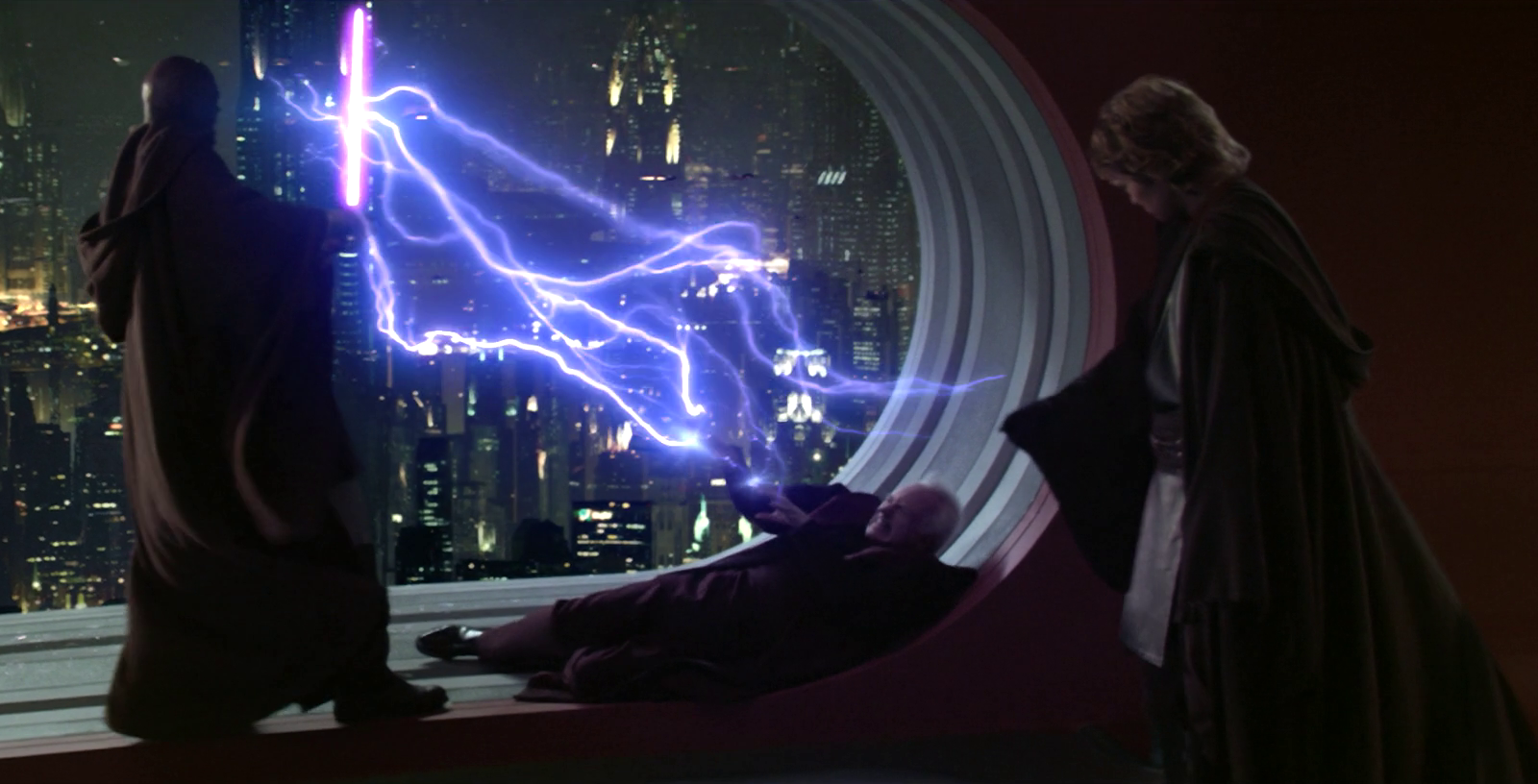
There were a number of “big” scenes in this film which had to be done well for the Star Wars prequels to be considered even a moderate success. Lucas manages to pull these scenes off with flying colors. The growing tension between Obi-Wan and Anakin is paired well with their friendship’s climax. The destruction of the Jedi temple and the execution of Order 66 is compelling and deservedly brutal. Lucas even throws in a few surprises, particularly a hotly-debated scene in which Mace Windu confronts and bests Palpatine before Anakin tips the scales by cutting Mace’s hand off.
I would argue that Lucas rescued the Star Wars prequel trilogy with Revenge of the Sith, but he didn’t do it alone. Knowing that Obi-Wan and Anakin’s final confrontation on the fiery planet of Mustafar had so much weighing on it, Lucas brought in his good friend Steven Spielberg to help him direct the scene. Spielberg proved to be a big help, setting a dark tone and somber atmosphere for the pair’s duel, while Lucas adeptly cut between scenes to intersperse Yoda’s battle with Sidious and include some final crucial dialog. In its entirety, Revenge of the Sith’s last hour doesn’t spare a scene or line of script that isn’t absolutely critical to completing the circle of Star Wars mythology.
The Twin Suns
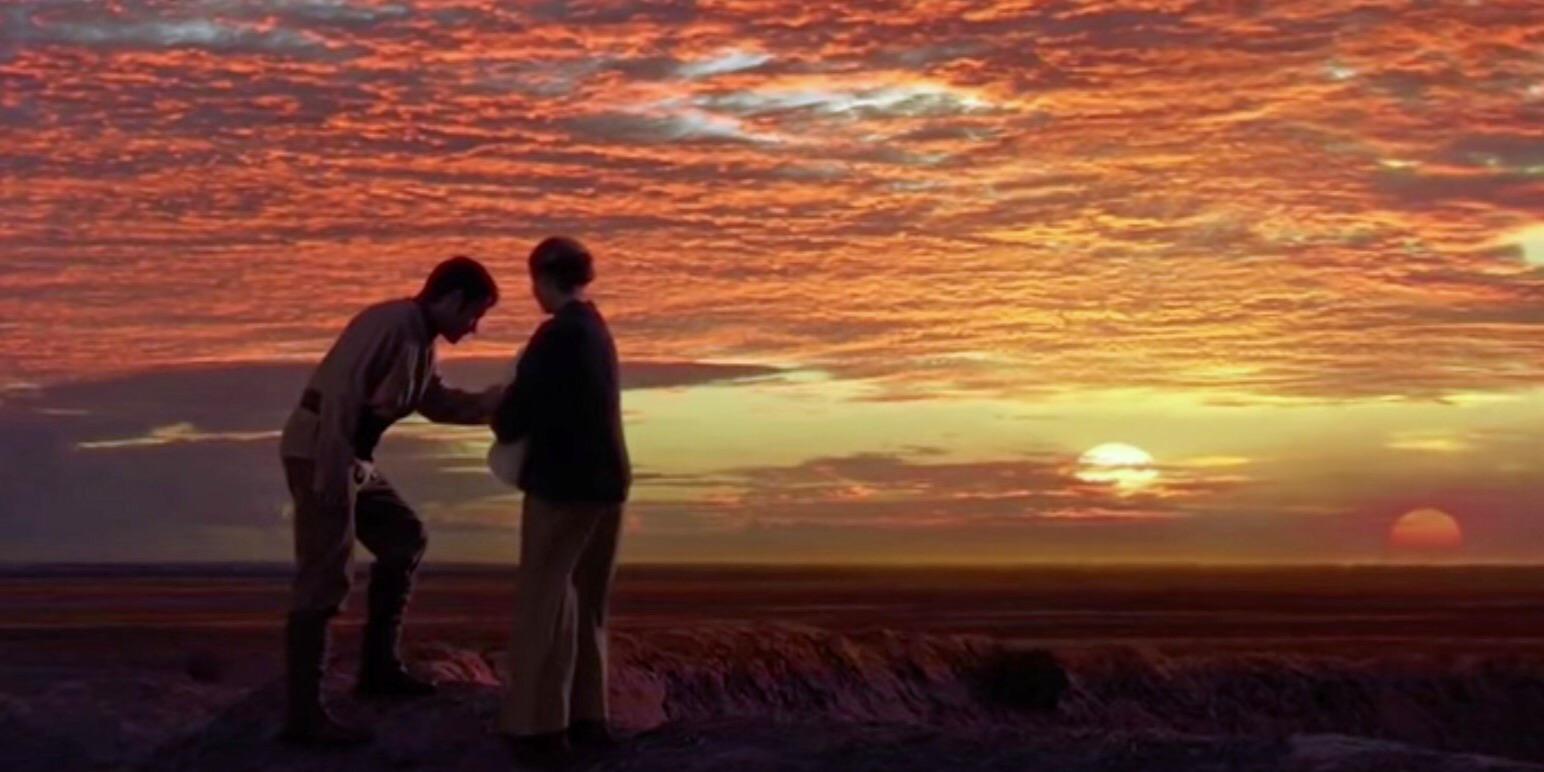
In most films, you root for the good guys, and they end up pulling through against all odds. But in Revenge of the Sith, they didn’t win; the bad guys won. Anakin becomes Darth Vader in a Frankenstein-esque transformation, Padme dies giving birth to Luke and Leia, and Yoda goes into hiding in the Dagobah system. The film ends with Vader and Sidious ominously watching the creation of the Death Star as a young Grand Moff Tarkin commands the first imperial star cruiser. As for the twins, wealthy Senator Bail Organa adopts Leia and returns with her to Alderaan. Meanwhile, Obi-Wan chooses to watch over Luke on Anakin’s home planet of Tatooine where the infant is placed in the care of Owen and Beru Lars.
Lucas set the stage for the original trilogy brilliantly at the conclusion of Episode III, redeeming the Star Wars prequels in the process. It is perfectly fitting that the saga concludes with the twin suns setting on Tatooine mirroring the famous scene in the original film and emphasizing the planet’s role as an introductory force for the franchise and the chronological story. Watching the soon-to-be Old Ben Kenobi hand Luke off to his distant relatives with a concentrated expression not only highlights Obi-Wan’s permanent tie to Skywalker’s, but also the belief that balance will be restored. Being the closing scene of the Star Wars prequels, Lucas deserves lengthy applause for his final directorial moment alone.
